When it comes to invoice financing, it can be difficult to decide which type of lender is right for you. This is especially true if you’re not sure what you need or want. In this blog post, we will compare and contrast high street bank and alternative lenders, so that you can make an informed decision about which one is best for your invoice finance facility. We will also provide tips on how to negotiate the best terms for your needs.
What is an invoice finance facility?
An invoice finance facility is a lending product that allows businesses to borrow up to a certain amount of money against future invoiced sales. The interest rate typically depends on the credit rating of the business. The advantage of using an invoice finance facility is that it allows businesses to access short-term funds when they need them, without having to pay back the loan immediately.
There are two main types of invoice finance facilities: bank loans and alternative lenders.
What are high-street bank lending facilities?
A high-street bank lending facility is a type of short-term lending product that banks offer to their customers. These products are designed to help borrowers meet short-term expenses, such as unexpected bills, while they wait for other loan options to become available.
Banks may offer high-street bank lending facilities in a variety of formats, including fixed-term loans and loan products with variable interest rates. Customers who borrow through a high street bank lending facility typically have shorter waiting periods and easier access to credit than customers who borrow from other types of lenders.
High street bank lending facility is an important product for customers who need short-term financing to cover unexpected expenses. These products are also useful for borrowers who want to build up a credit history and increase their chances of being approved for future loans.
Who are alternative lenders?
Alternative lenders offer different financing solutions than traditional banks. They may offer more flexible terms, such as shorter waiting periods for approvals or lower interest rates. Before choosing an alternative lender, it’s important to research their offerings and compare them to those of your traditional bank.
Some factors to consider when comparing alternative lenders include:
-Interest rates: Most alternative lenders offer competitive interest rates compared to traditional banks. Check the interest rate offered on the loan before signing up.
-Loan availability: Make sure the loan option you choose is available and has a reasonable amount of available funds. Some loans may have limited availability due to high demand.
-Fees and penalties: Compare fees and penalties associated with borrowing from each lender. Some lenders may have higher fees or charges than others, so be aware of these costs before making a decision.
Pros and Cons of High-Streed Bank Invoice Finance Facilities
If you are looking for an invoice finance facility that can provide you with a fast and easy way to get your invoices paid, then high street banks may be the best option for you. However, there are some cons to using high street banks when it comes to invoice finance.
One downside of using high street banks is that they can be more difficult to get in touch with. If you have a large number of invoices that need to be paid quickly, then high street banks may not be the best choice because it can take longer for them to process your requests.
Another common problem with high street banks is that they often charge higher interest rates than alternative lenders. This means that if you need to borrow money to pay off your invoices quickly, then it may not be the best option to go with a high street bank.
Overall, there are pros and cons to choosing either high street banks or alternative lenders when it comes to invoice finance. It important to weigh up all of the factors before making a decision so that you can get the best possible deal for yourself.
How to Pick the Best Invoice Finance Facility for Your Needs
There are a few different types of invoice finance facilities available, and each has its own benefits and drawbacks. To choose the best one for your needs, you need to consider your business goals and the features that are important to you.
Here are some factors to consider when choosing an invoice finance facility:
Your Business Goals:
The first thing you need to decide is what your business goals are. Do you want to expand your business by issuing more invoices? Increase receivables collection rates? Obtain low-interest financing? All of these things can be accomplished with an invoice finance facility.
The Type of Invoice Finance Facility You Want:
Once you know what your goals are, you need to decide which type of invoice finance facility is right for you. There are three main types of invoice finance facilities: revolving credit, term loans, and line of credit.
Revolving Credit Facilities:
A revolving credit facility offers borrowers low-interest loans that they can use to repay other debts or buy goods or services. The interest rate varies based on the terms of the loan, but it typically tends to be lower than commercial loans. This type of facility is good for businesses that want quick access to cash but don’t need long-term financing options.
Given this information on what is best for your invoice finance facility, you should have a better understanding of why you might want to consider each type of lender, as well as which one is best for your specific needs.
Get in touch with us at Funding Bay for your invoice financing needs.
Check out our invoice finance calculator here.



